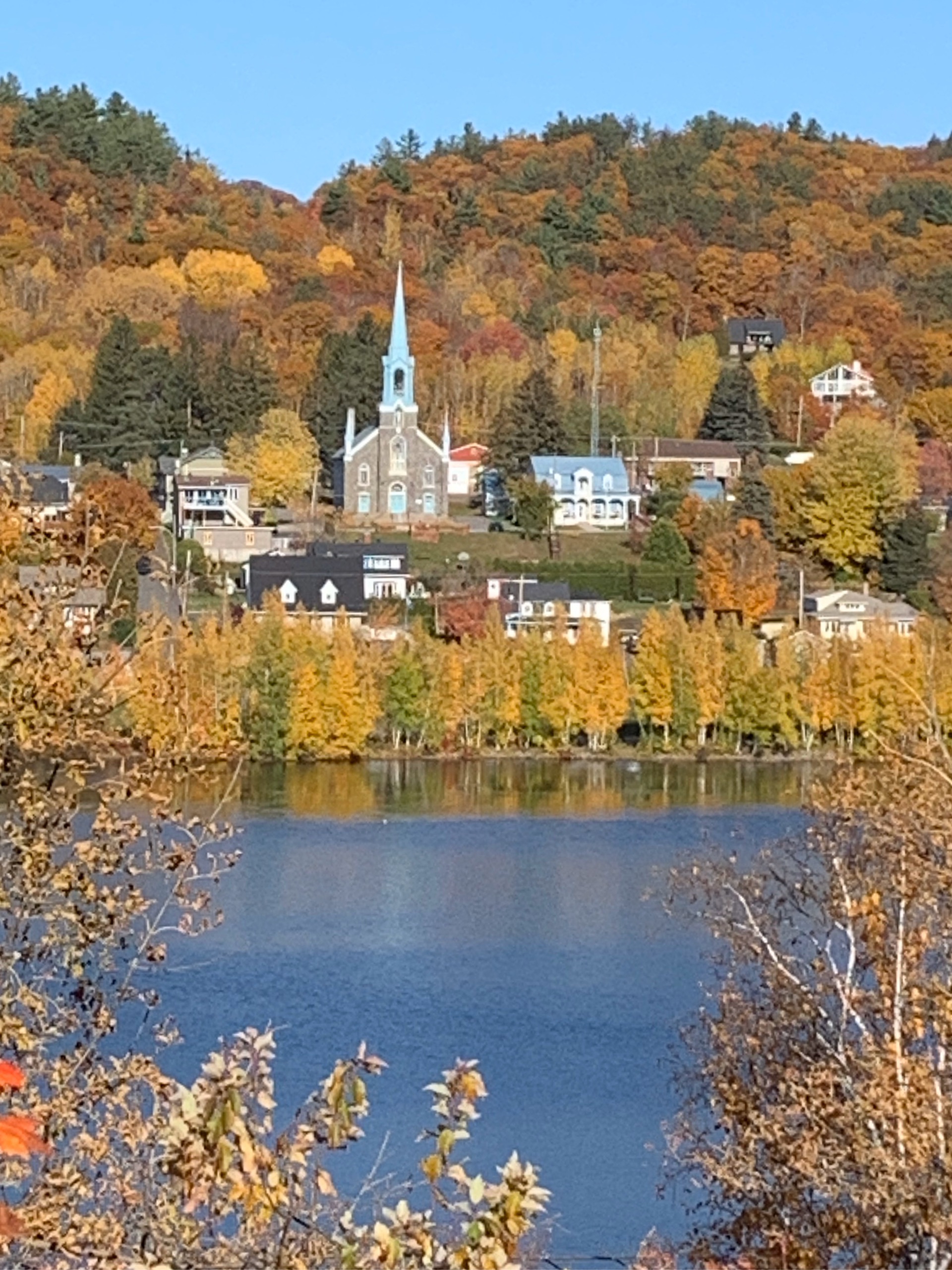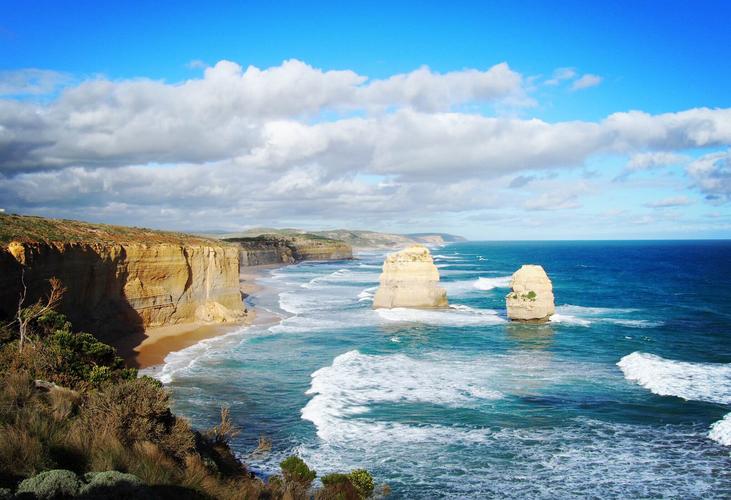Japan Travel
Iwate’s Morioka Castle Ruins: Historical Park Attraction
Iwate’s Morioka Castle Ruins: Where History and Nature Converge
Nestled in the heart of Morioka City, the capital of Iwate Prefecture in northern Japan, the Morioka Castle Ruins stand as a poignant testament to the region’s rich feudal history and cultural resilience. Known locally as Morioka-jō or sometimes Kozukata-jō, the castle grounds have been transformed into a sprawling historical park that seamlessly blends natural beauty with echoes of the past. Unlike many restored castles across Japan, Morioka Castle offers a different kind of allure—one of contemplation, subtlety, and atmospheric charm.
A Glimpse into the Past
Morioka Castle was constructed in the early 17th century under the leadership of the Nanbu clan, one of the most powerful feudal families in the Tōhoku region. Construction began in 1598 by Nanbu Nobunao, a daimyō (feudal lord) loyal to Tokugawa Ieyasu, and was completed in 1633 by his successor, Nanbu Toshinao. The castle served as the administrative and military center of the Morioka Domain, which ruled over much of what is now Iwate Prefecture.
Strategically situated at the confluence of the Nakatsu, Kitakami, and Shizukuishi rivers, the castle was designed to leverage natural topography for defense. Rather than relying on towering stone walls, the builders used massive stone foundations and earthworks, incorporating the rivers as natural moats. This design philosophy reflected both practical considerations and the Nanbu clan’s preference for understated strength.
For over two centuries, the castle stood as a symbol of Nanbu authority. However, following the Meiji Restoration in 1868, the new government issued the Haijōrei (Castle Abolition Law) in 1873, leading to the dismantling of many feudal castles across Japan. Morioka Castle was no exception—most of its structures were torn down, leaving only the stone foundations and earthen walls behind.
The Park Today: A Sanctuary of Serenity
Today, the site is officially known as Iwate Park or Morioka Castle Ruins Park ( Morioka-jōshiato Kōen ). It spans approximately 50 acres and serves as a beloved public space for both locals and visitors. The park is celebrated for its seasonal beauty, historical significance, and tranquil ambiance.
Visitors entering the park are immediately struck by the sheer scale of the stone foundations. Massive rocks, some weighing several tons, were painstakingly fitted together without mortar—a technique known as nuno-zumi or gobō-zumi. These stones have withstood centuries of earthquakes and weather, a testament to the craftsmanship of Edo-period stonemasons.
The park’s layout preserves the original honmaru (main bailey), ninomaru (secondary bailey), and sannomaru (outer bailey) divisions. Walking paths meander through these areas, lined with cherry trees, pine groves, and open lawns. In spring, the park becomes one of Tōhoku’s premier cherry blossom viewing spots, with some 200 sakura trees bursting into pale pink blooms. The contrast between the delicate flowers and the rugged stone ruins creates a hauntingly beautiful scene that draws photographers and nature enthusiasts alike.
Summer brings lush greenery, with the surrounding rivers providing a refreshing breeze. Autumn transforms the park into a canvas of red and gold, while winter covers the ruins in a blanket of snow, evoking a sense of timeless stillness.
Cultural and Historical Highlights
Scattered throughout the park are monuments and markers that narrate its history. A bronze statue of Nanbu Toshinao stands near the entrance, honoring the lord who completed the castle. Informational plaques in Japanese and English detail the site’s historical significance, from its construction to its role in the Boshin War (1868–1869), which marked the end of the shogunate era.

One of the most iconic features is the Ōtemon (main gate), partially reconstructed to give visitors a sense of the castle’s original grandeur. Although not a full restoration, the gate frame against the skyline evokes the elegance and authority the structure once commanded.
The park also houses the Iwate Prefectural Museum, located just adjacent to the castle grounds. The museum offers deeper insights into the history and culture of the region, including artifacts from the Nanbu clan, archaeological finds from the castle site, and exhibitions on Iwate’s natural history.
Another notable landmark within the park is the Morioka Hachimangū Shrine, a Shinto shrine dedicated to the tutelary deity of the Nanbu family. Although not part of the original castle complex, the shrine was moved to the site in 1879 and now serves as a spiritual anchor for the community.
Symbolism and Legacy
The Morioka Castle Ruins are more than just a historical site—they are a symbol of resilience and adaptation. The destruction of the castle in the Meiji era could have erased its memory entirely. Instead, the people of Morioka chose to preserve the site as a public park, ensuring that its history would remain accessible to all.
This approach reflects a broader Japanese appreciation for wabi-sabi—the aesthetic of finding beauty in imperfection and transience. Unlike reconstructed castles such as Osaka or Nagoya, which prioritize grandeur and accuracy, Morioka embraces its fragmentary state. The absence of buildings encourages visitors to use their imagination, to picture the castle not as it was, but as it exists now: a dialogue between nature and history.
The park also serves as a venue for cultural events throughout the year. The Morioka Castle Festival, held annually in early summer, features parades, traditional music, and dance performances that celebrate the Nanbu heritage. In autumn, moon-viewing events and poetry readings hearken back to the elegant traditions of the Edo period.
Visiting the Park
Morioka Castle Ruins Park is easily accessible from central Morioka. It is a 15-minute walk from Morioka Station, making it a convenient stop for travelers exploring the city. Admission is free, and the park is open year-round from dawn to dusk.
For those wishing to delve deeper, guided tours are occasionally available through the local tourism association. Alternatively, visitors can enjoy a self-guided stroll, perhaps combined with a picnic under the cherry trees or a visit to one of the nearby cafes overlooking the rivers.
The surrounding area offers additional attractions, including the historic Morioka Handi-Works Square (where traditional crafts are demonstrated and sold) and the charming Morioka Old Town district with its well-preserved merchant houses.
Conclusion
The Morioka Castle Ruins Park is a destination that rewards thoughtful engagement. It may lack the dazzling reconstructions of other Japanese castles, but it offers something equally valuable: a space where history is felt rather than just seen, where the past is woven into the natural landscape, and where visitors can experience both solitude and connection.
In a rapidly modernizing Japan, places like Morioka Castle remind us of the layers of history that shape a community. They invite us to reflect on the passage of time, the impermanence of human endeavors, and the enduring power of memory. For anyone traveling through Iwate, a visit to this serene and evocative park is not just recommended—it is essential.
相关文章
- Yamagata’s Zao Onsen: Snow Monster Hot Spring Attraction
- Japan’s Maid Cafés: Akihabara Subculture Attractions
- Okayama’s Okayama Korakuen: Historic Garden Attraction
- Japan’s Horse Racing Tracks: Equestrian Sports Attractions
- Tokyo’s Odaiba Gundam: Anime Icon Attraction
- Japan’s Doll Festivals: Hinamatsuri Attractions
- Kagoshima’s Ibusuki Onsen: Sand Bath Hot Spring Attraction
- Japan’s Table Tennis Clubs: Recreational Attractions
- Kyoto’s Nishiki Market: 400-Year-Old Food Attraction
- Japan’s Camellia Festivals: Winter Flower Attractions
发表评论
评论列表
- 这篇文章还没有收到评论,赶紧来抢沙发吧~

